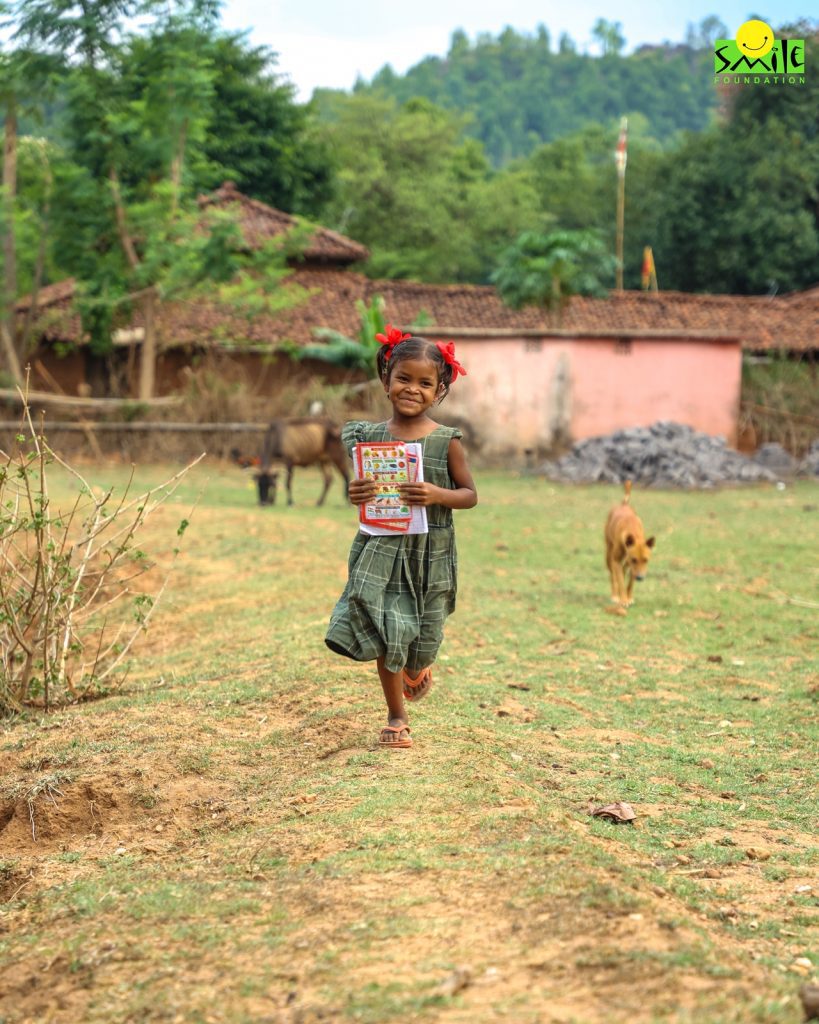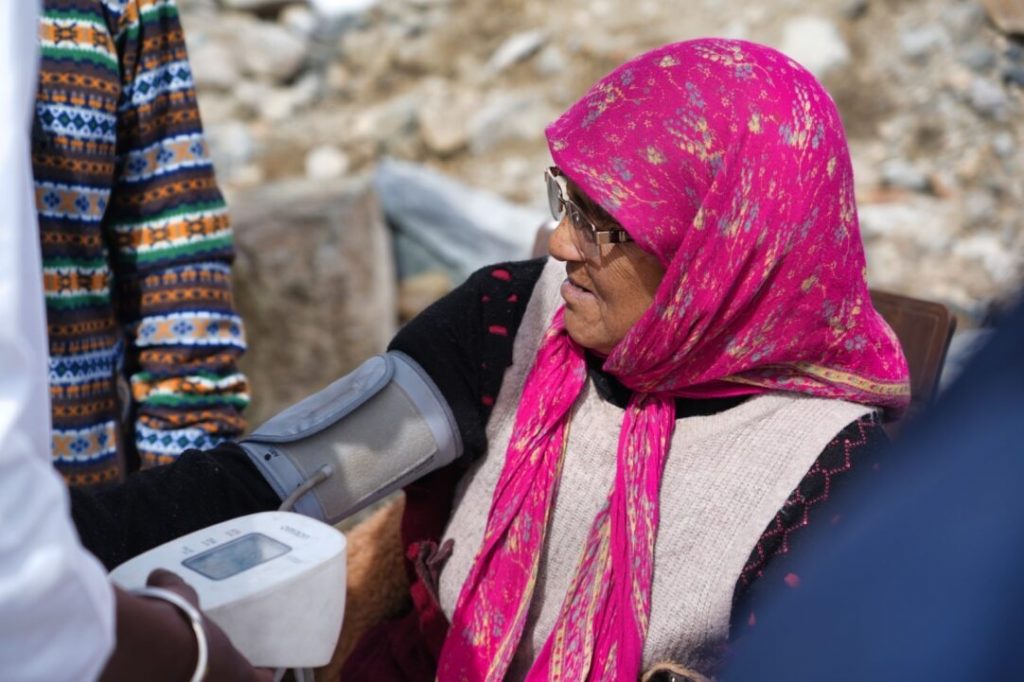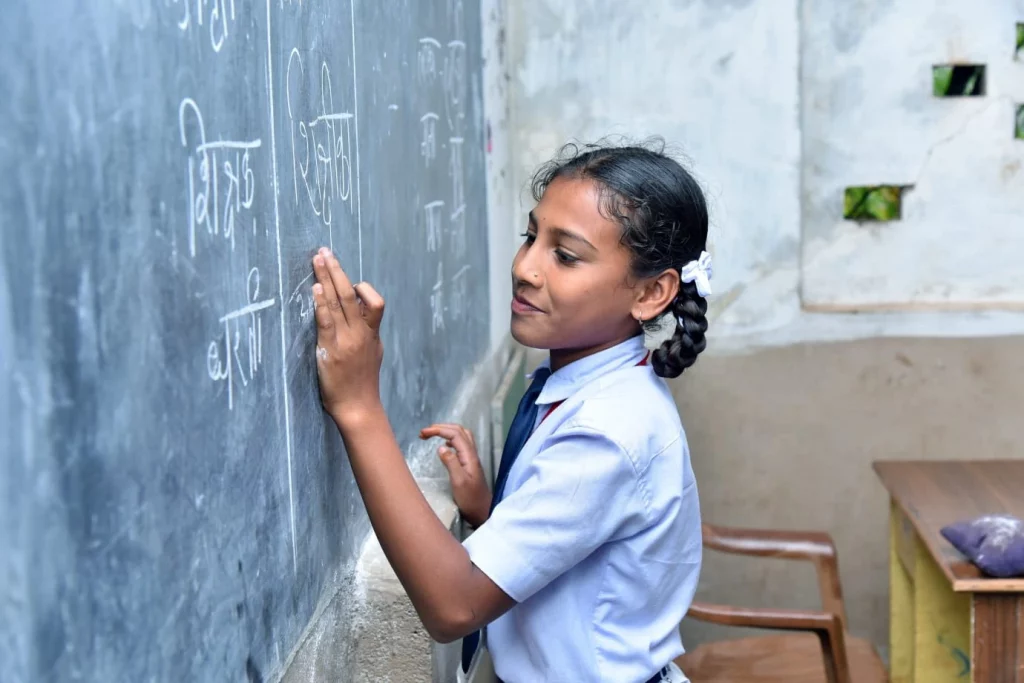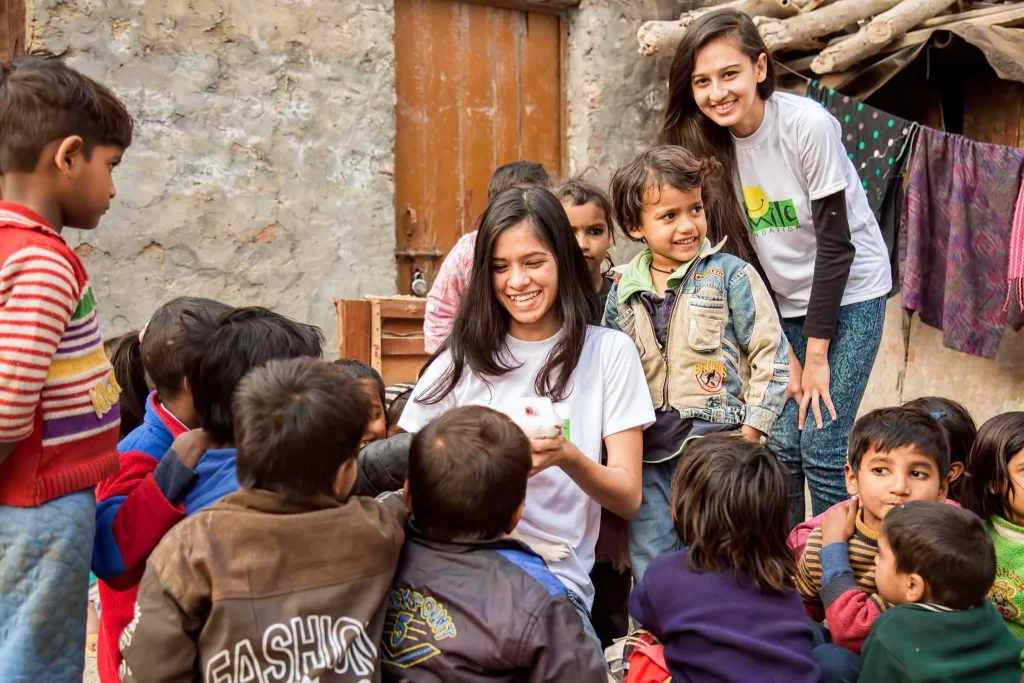The greatest parenting or educator’s goal is to safeguard and wish the best for one’s children. At the same time, it is impossible to monitor them continuously, which is also not healthy. Monitoring younger children may be simple; however, as they grow up, they require privacy. Excessive monitoring can damage trust between parents/adults and children.
In today’s time, there is no getting away from online content whether it is for work, studies or socialising. In fact, children with access to technology have seemingly limitless prospects for social interactions, civic engagement, learning, and recreation. This is due to the digital world that is readily available to them.
Therefore, it makes sense that we help children and young people to be able to differentiate fact from fake at an early age. Ensuring that children use the digital platforms with awareness and have access to credible information can assist in developing a well-rounded perspective on the world. It also safeguards them from hoaxes and frauds.
What is misinformation?
The American Psychological Association defines it as follows: “Misinformation is false or inaccurate information—getting the facts wrong. Disinformation is false information which is deliberately intended to mislead—intentionally misstating the facts.”
Both are widespread on the internet, making it challenging for children to differentiate between real and fake. Kids encounter misinformation in numerous formats, including altered videos, images, articles, links, ads, and pop-ups that encourage clicks. They hear it from influencers and celebrities too. Unfortunately, not all of this content is accurate. For instance, incorrect accounts of history or science can impact their learning. Children are inherently inquisitive but often lack the critical thinking abilities to validate information or even understand the reasons behind misinformation. Social media algorithms function in a manner that often enhances sensational or misleading posts over accurate ones. The influence of peers further complicates the situation, as children might share and trust the information shared within their social circles.
Digital safety against false information, misinformation
As adults your conversations with children must prioritize digital safety. Let’s take a look at some ways we help children build confidence to figure out what’s fact and what’s fake.
Control the impulse to share immediately
First and foremost, when we see a post online and we experience intense emotions, we should fight against the temptation to share the message right away. Stop, breathe in, and consider if the headline or picture is accurate? Tell the children that headlines can be misleading and they should read the entire article or post before sharing. Sometimes, shocking headlines or pictures can be classic indicators that the post might be phoney.
Check the source
A trustworthy news report will include references for several angles of a problem. Help a child to pinpoint the sources in the story, like the external links in an article. Visit the webpage from where the story originates. Tell them that if they are unsure, then they should see the ‘About’ page and read the organizational description. Search for names of the cited individuals as well as the companies supplying the data and numbers. If sources are not shared then it is a big red flag indicating the news report is not credible. Moreover, identify and teach them about the credible sources for news and for their study assignments in your country/region.
Teach children to fact-check stories
Give kids a few simple strategies for determining whether a story might be a prank, a bizarre conspiracy theory, or false facts. Search the title of the post or the article online to see whether the story is already declared as untrue. If it is true news or information, other trustworthy sources most certainly would have covered it. Also, check other news sites you know and rely on. If the news features a picture, look for indications that the image may be a fake. Check for incorrectly positioned shadows? Does it look as though separate images have been glued together? Children can also search the internet for images to see whether the picture has been found to be false. Use a reverse image search that can tell you where it has appeared before, like Google Image Search, RevEye, TinEye, etc.
If an article includes a video, check the creator’s legitimacy. For stories from organizations or famous people on social media, verify that the account is real, especially if it has a blue tick. Lastly, if something seems too unbelievable or feels wrong, don’t share it.
Admit it if you posted something fake
Encourage your child to take responsibility for their mistakes and reassure them that they needn’t feel embarrassed. Remind them that even adults, including you, have made similar mistakes. If they share information that they later discover is false, they need to communicate this to others. They should do this by posting an update that clarifies the original post was incorrect.
Start today for a better tomorrow
Teaching children how to evaluate information, and create evidence-based judgements will equip them with lifetime critical thinking and digital literacy abilities that can be applied to their social life, education and relationships. When children can analyze a piece of information—considering its source, intention, and context—they are more equipped to navigate online content effectively.










